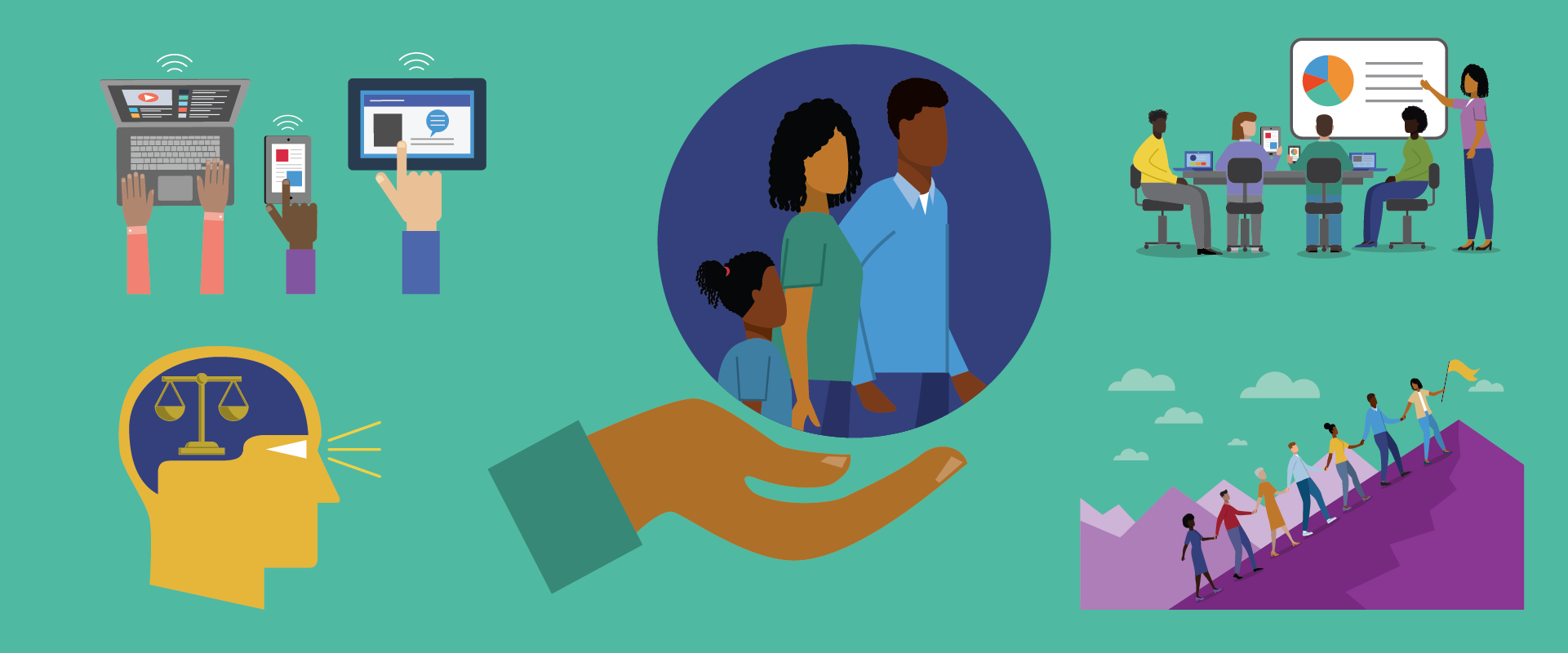
Since 2014, Digital Promise, in partnership with Verizon, has designed and implemented the Verizon Innovative Learning Schools (VILS) program, one of the largest national digital inclusion programs. Part of Citizen Verizon, Verizon’s responsible business plan, the program supports nearly 400 Title I middle and high schools with 1:1 technology, internet access, IT support, and professional development (PD) for educators on how to leverage the technology in their classrooms in meaningful ways. Based on our experience, we have found that our most successful schools and districts have six key elements in place to establish and sustain a culture of Powerful Learning that leverages technology; Digital Promise promotes Powerful Learning as a promising approach to giving students the skills they need for post-secondary success. These six elements are validated by our research and experience at Digital Promise with VILS, as well as other initiatives, such as the Dynamic Learning Project.
The most successful schools have these six key elements in place to establish and sustain a culture of powerful learning that leverages technology.
A cross-functional leadership team sets a clear vision for the school, its culture, and what teaching and learning look like before putting technology in classrooms.
A strong transformation plan unifies the vision for technology integration and device maintenance with the school improvement plan or goals for the year.
Ongoing professional development supports effective teacher use of technology through the use of instructional technology coaches, teams of teacher leaders, or other systems of support.
To close the digital learning gap, we must make sure that students have access to technology and high-speed internet outside of school.
Schools that support family engagement in boosting student at-home digital use can expect better outcomes.
Learner-informed knowledge is a prerequisite for integrating technology in an inclusive way so that students from all communities can effectively use it to achieve their goals.
Let's connect and we'll send you the latest from Digital Promise.